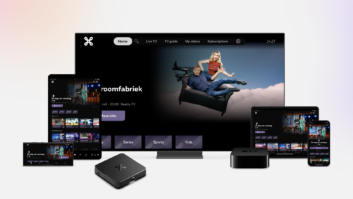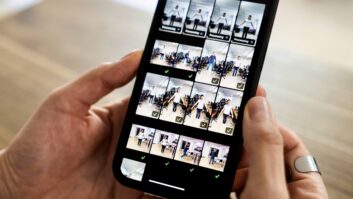
A new report says consumers believe the biggest barriers to preventing them from experiencing virtual reality are the need for additional software, apps and hardware.
According to the report by Vibrant Media, which assessed opinions on VR and AR from over 3000 consumers from the UK, Germany and US, found that not knowing where to find VR and AR ads, and concerns that such ads might use up their mobile internet data allowance were identified as the second and third most likely barrier.
“Content providers that require additional hardware to view content will only ever appeal to very niche audiences or on very niche occasions,” said Craig Gooding, CEO and founder of Vibrant Media.
“The 3D TV market shows that simply requiring a pair of special specs was a huge barrier to adoption. VR and AR creatives in both the content and advertising sectors need to learn these lessons quickly or both consumers and brands will miss out on the benefits of immersive digital content. The VR and AR ads that achieve optimum scale and impact are both app-free and accessory-free, and are distributed natively from within the trusted, contextually-relevant and brand safe content consumers access via mobile browsers.”
“As the numerous publications that launched and then ditched content apps will tell you, the most important content app on every consumer’s mobile phone is the web browser. Requiring specific apps in addition to a mobile browser to experience VR & AR content is an insurmountable barrier for the majority of consumers, decimating the scale that such creative advertising can achieve,” added Gooding.
“That lack of scale is likely to be one of the reasons so many consumers told the Vibrant Media research team that they didn’t know where to find VR and AR ads. Although 34.4 percent of respondents have experienced 360 online video, just 15.4 percent have experienced an advertisement in VR, and just 10.4 percent have experienced an ad in AR.”
“That said, VR and AR app and hardware creators may want to look at the market for accessories to help consumers to generate their own immersive content,” continued Gooding.
“We’re already seeing demand for such content in consumers’ creation and distribution of 360 video and images on social media. Seventy eight percent of consumers who have experienced digital 360 degree video experiences rated them as either good or very good.”







